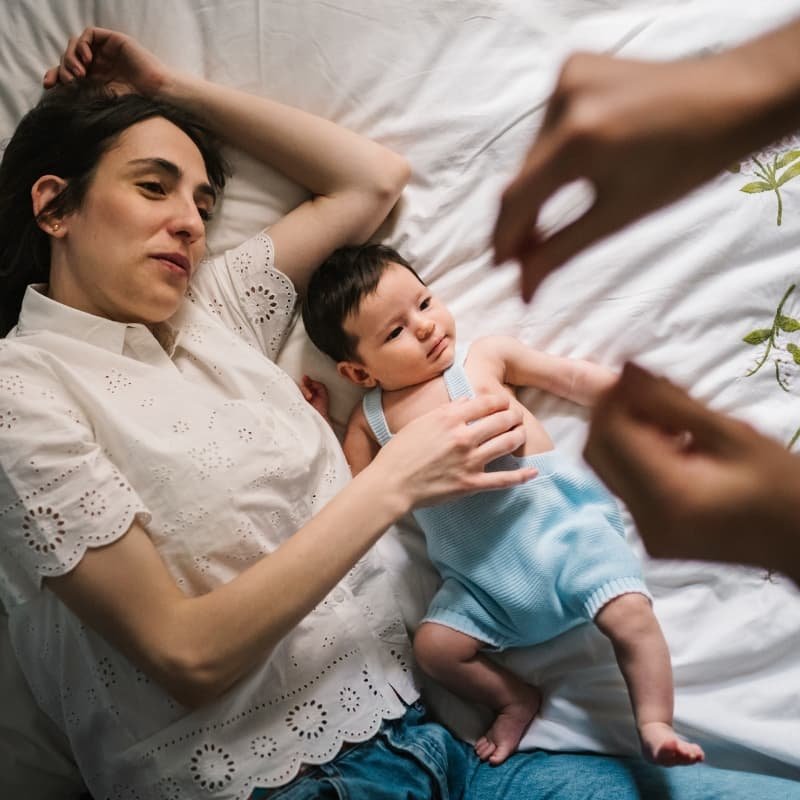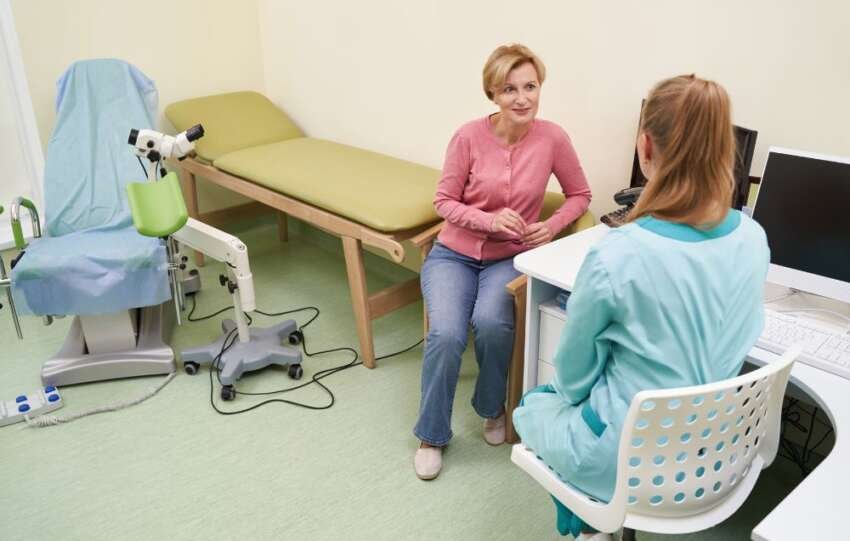Co-sleeping and bed-sharing have become increasingly popular practices among parents, often chosen for their convenience, bonding potential, and the desire to remain close to a baby during the night. While these practices can provide comfort, it’s crucial to prioritize safety. This guide will delve into the dos and don’ts of co-sleeping and bed-sharing to help parents make informed decisions.

What Is Co-Sleeping and Bed-Sharing?
Co-sleeping refers to parents and infants sleeping in close proximity, either in the same room or the same bed. Bed-sharing, on the other hand, is a form of co-sleeping where parents and infants share the same sleep surface.
Why Do Parents Choose Co-Sleeping?
Parents choose co-sleeping for various reasons, including:
- Ease of breastfeeding: Night feeds become more manageable when the baby is within arm’s reach.
- Comfort: Some parents feel more at ease having their baby close to them during the night, reducing anxiety about the baby’s wellbeing.
- Bonding: Co-sleeping can foster a sense of closeness between parent and child.
However, while co-sleeping offers benefits, it also comes with risks that need to be addressed to ensure the baby’s safety.
Understanding the Risks of Bed-Sharing
The American Academy of Pediatrics (AAP) advises against bed-sharing, particularly during the first six months, due to the risk of Sudden Infant Death Syndrome (SIDS). Here are some of the risks associated with bed-sharing:
- Suffocation: Soft mattresses, pillows, blankets, and even a parent’s body can pose a suffocation risk to infants.
- Strangulation: Loose bedding or jewelry worn by the parent can inadvertently cause strangulation.
- Falls: Babies can roll off the bed if there are no protective barriers.
While bed-sharing remains controversial, there are steps parents can take to minimize risks if they decide to engage in the practice.
How to Make Bed-Sharing Safer?
If you decide that bed-sharing is right for your family, here are several safety precautions you can implement to reduce risks:
1. Use a Firm Mattress
A firm mattress reduces the risk of the baby sinking into soft bedding and suffocating. Avoid waterbeds, pillow-top mattresses, and overly soft surfaces.
2. Keep Pillows and Blankets Away
Keep the baby’s sleep area free from pillows, blankets, and other items that could obstruct the baby’s breathing. Dress your baby in warm, fitted sleepwear instead of using loose blankets.
3. Position the Baby on Their Back
Always place your baby on their back to sleep, as this reduces the risk of SIDS. Avoid positioning the baby on their stomach or side while sleeping.
4. Avoid Bed-Sharing If You’re Exhausted
If you’re extremely tired, consider alternatives to bed-sharing, as you may not be fully alert to your baby’s needs. Falling into a deep sleep could increase the risk of accidents.
5. Avoid Alcohol or Medication
Never share a bed with your baby if you’ve consumed alcohol or taken medication that makes you drowsy. Impaired judgment and slower reaction times can put your baby at risk.
6. Create a Safe Space for Your Baby
If possible, invest in a co-sleeper or sidecar crib that attaches to your bed. This allows your baby to sleep close to you while remaining on a separate surface, reducing the risks associated with bed-sharing.
Co-Sleeping Alternatives: Room-Sharing for Safety
Room-sharing without bed-sharing is recommended as a safer alternative to traditional bed-sharing. Keeping your baby’s crib or bassinet in the same room allows you to respond quickly to their needs during the night without exposing them to the risks of sleeping on the same surface.
Benefits of Room-Sharing
- Reduced SIDS Risk: Studies show that room-sharing can reduce the risk of SIDS by as much as 50%.
- Convenience: Night feedings and soothing your baby become more accessible without the hazards of bed-sharing.
- Peace of Mind: You can monitor your baby closely without compromising their safety.
Room-sharing offers a balanced approach, providing closeness without the associated risks of bed-sharing.
Conclusion
Co-sleeping and bed-sharing are personal decisions that each family must make based on their unique circumstances. While bed-sharing presents risks, careful planning and adherence to safe sleep practices can help mitigate those risks. For parents seeking closeness without the potential dangers, room-sharing is the recommended approach. Always prioritize your baby’s safety by staying informed and making decisions that ensure a secure sleep environment.
FAQs About Co-Sleeping and Bed-Sharing
Q1: At what age is bed-sharing considered safer?
Bed-sharing is generally considered safer after the baby’s first year, once the risk of SIDS has significantly decreased. However, individual factors, such as your baby’s health and sleep environment, should still be taken into account.
Q2: What is the safest sleep environment for an infant?
The safest sleep environment for an infant is in their own crib or bassinet with a firm mattress and no loose bedding. The crib should be placed in the parents’ room for at least the first six months, and ideally, the first year.
Q3: Can breastfeeding mothers bed-share safely?
Breastfeeding mothers can reduce some risks associated with bed-sharing by following safe sleep practices, such as keeping the sleep surface firm and free from pillows and blankets. However, room-sharing is still the preferred method.
Q4: Does co-sleeping make it harder for babies to transition to independent sleeping?
Co-sleeping can make the transition to independent sleeping more challenging, as babies may become accustomed to the presence of a parent while sleeping. Gradual transitions, such as moving the baby to a crib in the same room before moving them to their own room, can help ease the process.
Q5: How can I encourage safe sleep habits in my baby?
Encourage safe sleep habits by placing your baby on their back to sleep, keeping the crib free from toys, and using a firm mattress. Establish a consistent bedtime routine that promotes relaxation and sleep.


